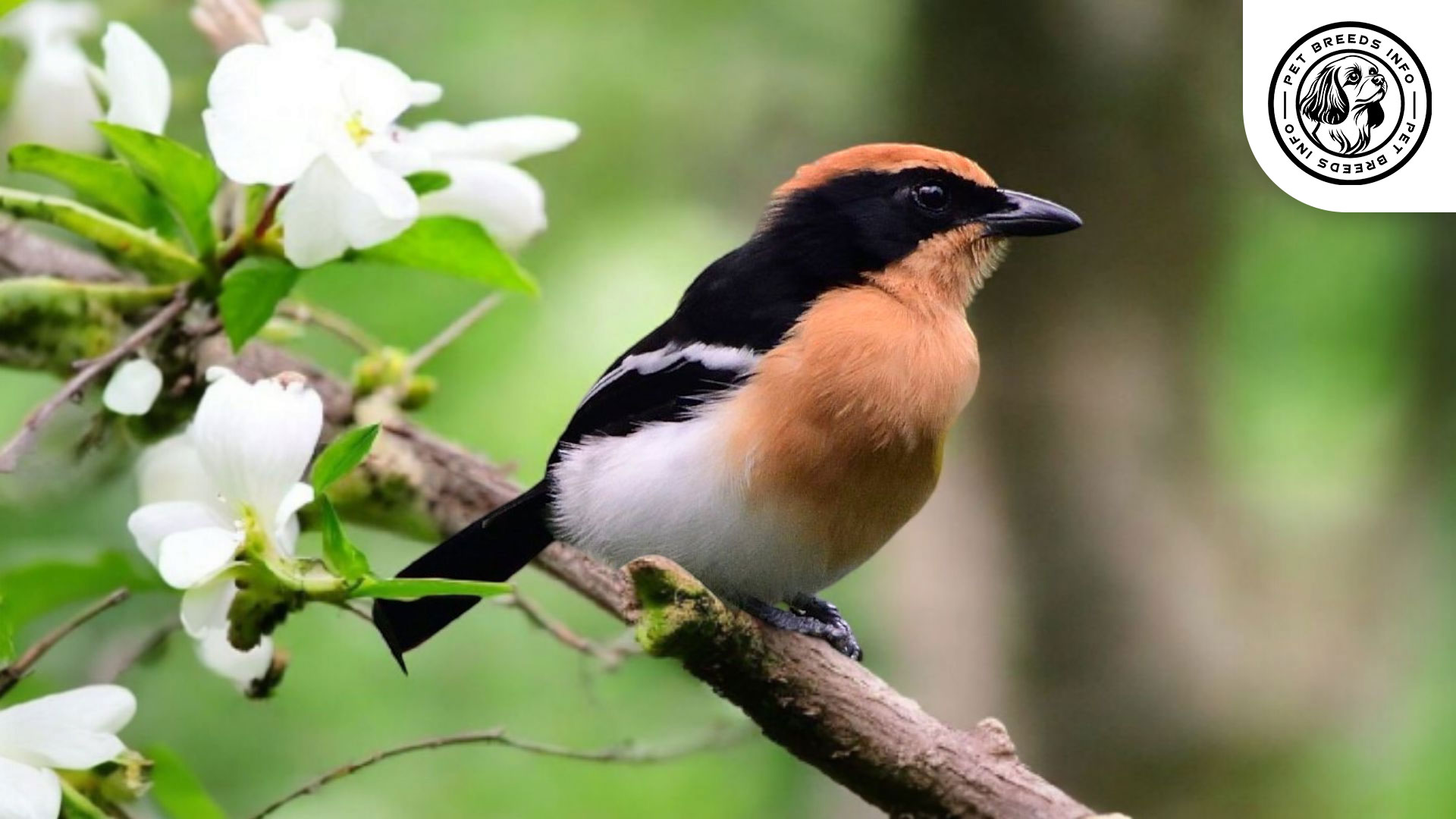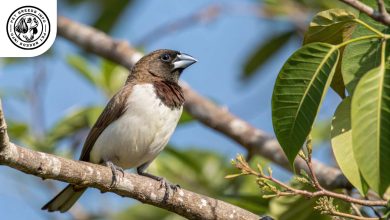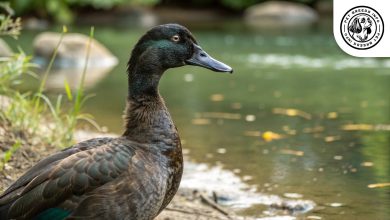Lühder’s Bushshrike Bird: Personality, Lifespan, Food & Care
General Introduction of the Breed
Lühder’s Bushshrike (Chlorophoneus nigrifrons) is a striking bird species found in the dense forests of Central and East Africa. This bird is also known as the Black-fronted Bushshrike. It belongs to the Malaconotidae family, which includes various species of bushshrikes. These birds are primarily distributed across Uganda, Kenya, Tanzania, Rwanda, and surrounding regions.
The Lühder’s Bushshrike thrives in tropical forests and woodland habitats. Its name is derived from early ornithologists who studied and classified the species. These bushshrikes are admired for their vibrant coloration and melodic calls.
Table of Contents
| Common Name | Lühder’s Bushshrike |
| Scientific Name | Chlorophoneus nigrifrons |
| Origin | Central and East Africa (Uganda, Kenya, Tanzania, Rwanda) |
| Size | 18–20 cm (7.1–7.9 inches) |
| Lifespan | 6–10 years |
| Colors | Olive-green, orange-yellow, black mask |
| Talking Ability | Low; melodic whistles and calls |
| Noise Level | Moderate |
| Social Behavior | Territorial, prefers solitude or small pairs |
Physical Characteristics
This species is medium-sized, with an average length of 18–20 cm and a weight of approximately 30–45 grams. Males and females exhibit similar physical characteristics.
The bird’s plumage is a striking combination of colors. The upper parts are primarily olive-green, while the underparts are a bright orange-yellow. A distinctive black mask runs across the eyes and forehead, creating a contrast against the rest of the head.
Their eyes are dark brown, providing a sharp and alert expression. The beak is short, curved, and strong, adapted for capturing insects. Their tail is of moderate length, tapering gracefully, while their wings are rounded, allowing for swift movement through dense foliage.
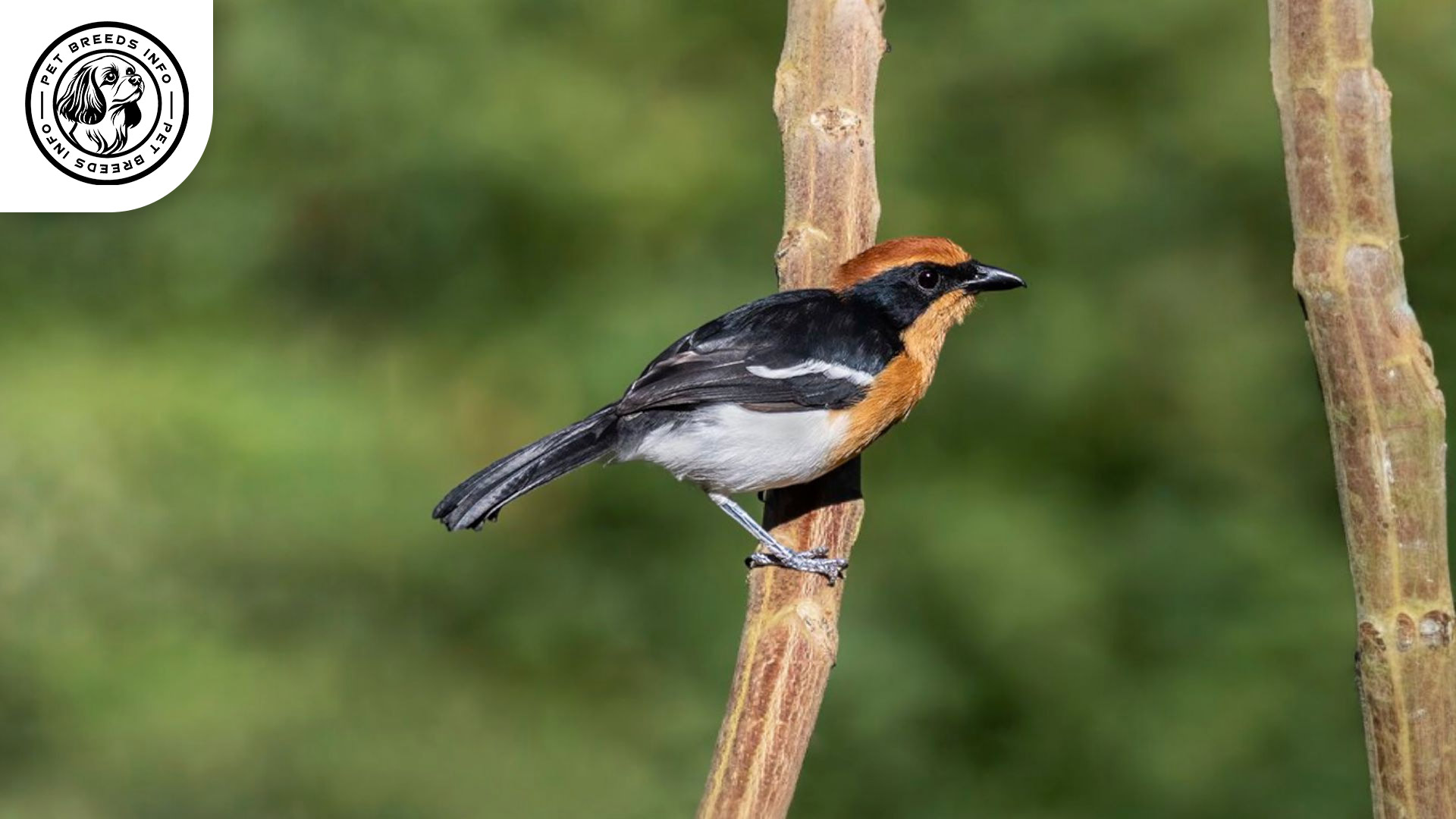
Personality and Temperament
Lühder’s Bushshrike is known for its intelligence and adaptability. It is an alert and cautious bird that prefers staying hidden in the foliage. Despite its secretive nature, it is an active singer, producing melodious whistles and calls.
These birds have a moderate energy level, requiring access to trees and shrubs for movement and foraging. They are territorial in nature and do not form large flocks. While they can adjust to human presence, they are not domesticated and prefer their natural habitats.
Care and Maintenance Requirements
Since Lühder’s Bushshrike is a wild bird, keeping it as a pet is not common. However, in conservation or aviary settings, they require a spacious, naturalistic environment with ample vegetation.
They need regular flights within an enclosure to stay active. Ideally, their habitat should simulate the forest with branches and cover for hiding.
Read More: Lancashire Canary
Grooming requires minimal intervention, as these birds maintain themselves through preening. Clean water for drinking and bathing is essential. Temperature control is necessary in captivity, maintaining a humid and warm environment similar to their native habitat.

Diet and Nutrition
The primary diet of Lühder’s Bushshrike consists of insects, including beetles, caterpillars, and grasshoppers. They also consume small fruits and berries.
In a managed setting, their diet should include a variety of live insects, supplemented with fruit slices and soft, protein-rich foods. Processed bird food should be avoided, as this species thrives on natural, organic food sources.
Fresh water should always be available to keep them hydrated.
Health and Common Medical Issues
These birds are generally hardy in their natural environment but may suffer from health issues in captivity. Common concerns include respiratory infections, nutritional deficiencies, and parasitic infestations.
Their average lifespan in the wild is around 6–10 years. Regular vet check-ups are essential for birds kept in aviaries to monitor their health and ensure proper nutrition.
Read More: Lizard Canary
Training and Behavior Management
Due to their wild nature, Lühder’s Bushshrikes are not easily trainable like domesticated birds. However, in aviary settings, they can be conditioned to recognize caretakers and respond to feeding routines.
Early exposure to a secure environment and consistent feeding schedules helps in reducing stress. They should never be forced to interact with humans, as they are naturally secretive.
Interaction with Other Animals and Humans
In the wild, Lühder’s Bushshrike is highly territorial and prefers solitude or small pairs. It does not mix well with other bird species, especially in confined settings.
They are better suited for those interested in birdwatching and conservation rather than pet companionship. This species thrives best in a natural environment or well-maintained aviaries.
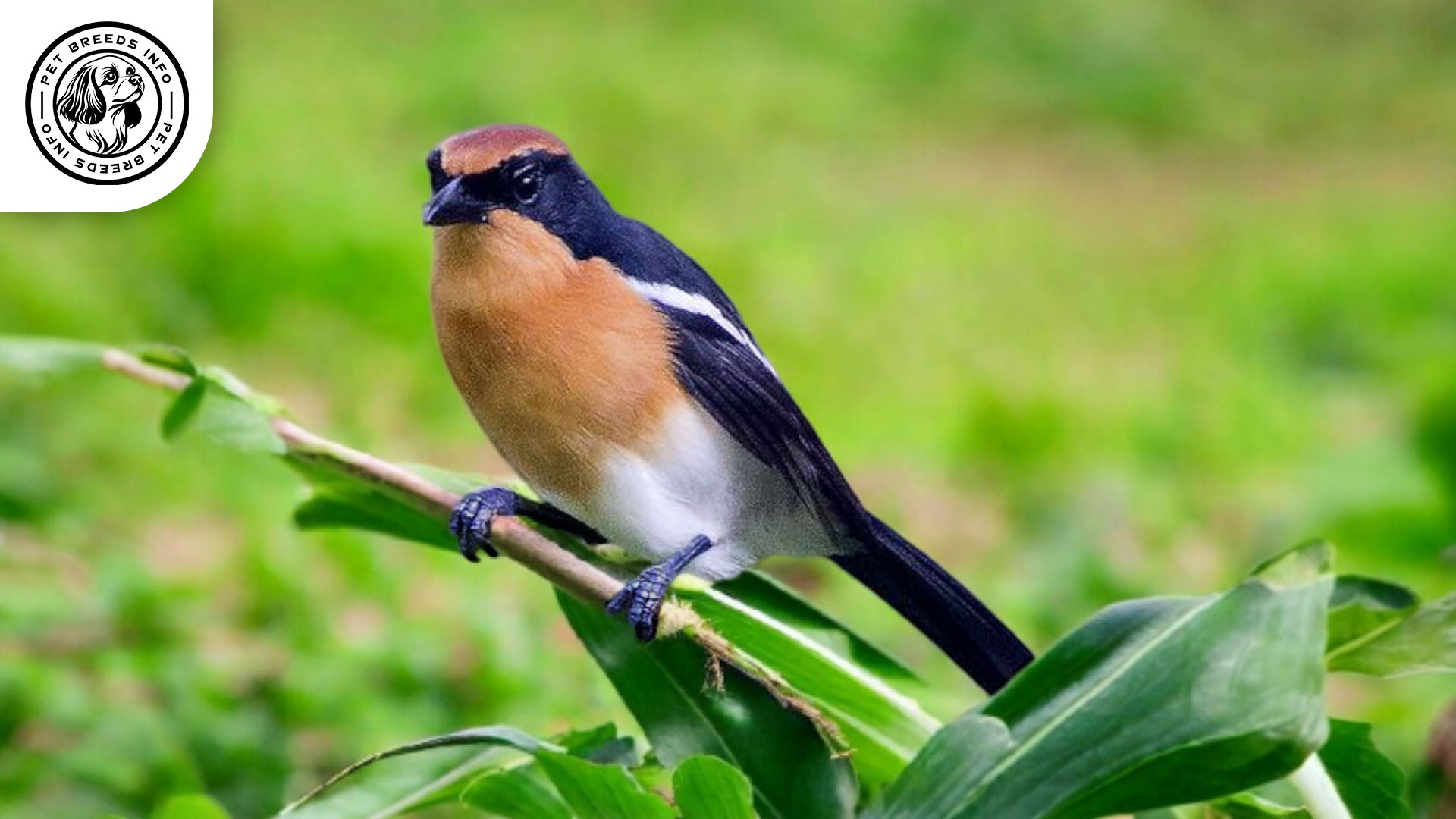
Price and Availability
Lühder’s Bushshrike is not commonly available for sale as a pet, as it is a wild species protected by conservation laws in many regions.
Instead of purchasing, bird watchers and enthusiasts can observe them in their natural habitats or in aviaries managed by conservation organizations. Ethical birdkeeping focuses on supporting their wild populations rather than captivation.
Conclusion and Final Thoughts
Lühder’s Bushshrike is a beautiful and fascinating bird best observed in the wild rather than kept as a pet. Its striking coloration, melodic singing, and active behavior make it a prized species for birdwatchers.
Those interested in this bird should focus on conservation efforts and habitat preservation to ensure its survival. With its reliance on natural environments, it is not recommended for domestication or caged living.
Read More: Long-tailed Finch
FAQ
Can Lühder’s Bushshrikes be kept as pets?
No, they are wild birds better suited for conservation settings and natural habitats, not domestic life.
What do Lühder’s Bushshrikes eat?
Their diet mainly includes insects like beetles and caterpillars, along with small fruits and berries.
How do Lühder’s Bushshrikes behave with other birds?
They are highly territorial and do not mix well with other species, preferring solitude or being in small pairs.
Are Lühder’s Bushshrikes endangered?
They are not currently endangered but rely heavily on the preservation of their forest habitats.
Where can I observe a Lühder’s Bushshrike?
They can be seen in the wild across Central and East Africa or in conservation-focused aviaries.
